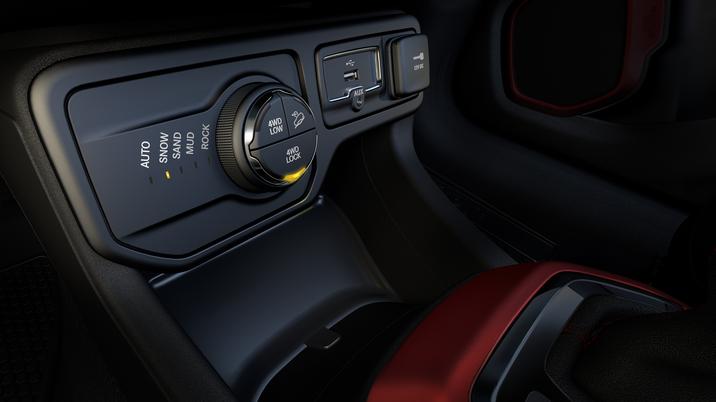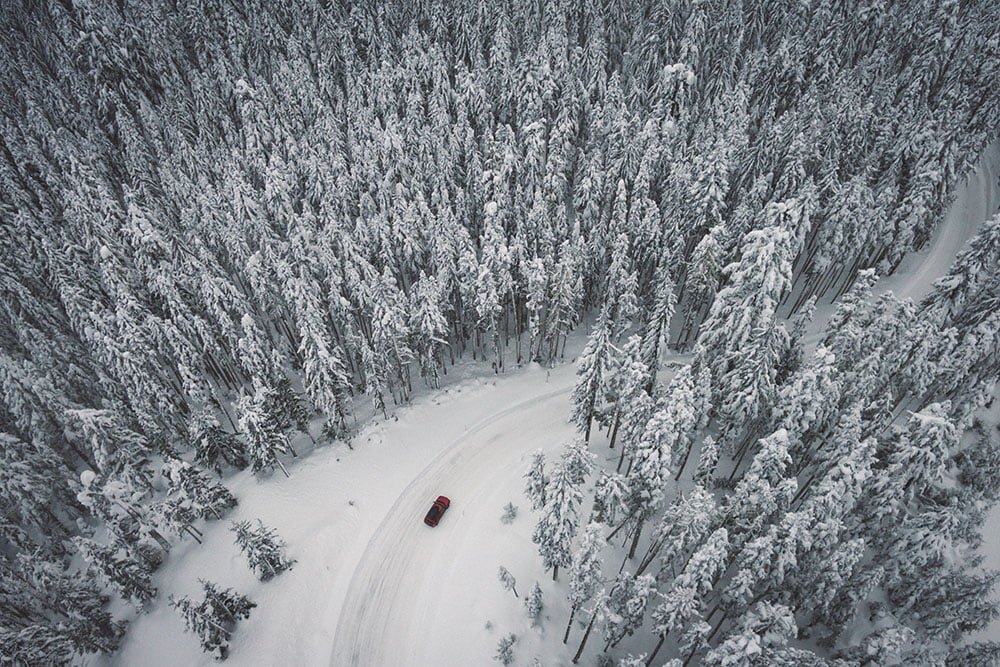Driving in snow is a skill and it usually favors those who are cautious or those with experience. According to safewise.com, Wyoming is the most dangerous state for driving in the white stuff. Here are some tips for those who are new to driving in slick conditions or those that want a few extra tips.
Tips for Driving in Snow -Safely
Know your vehicle
Acronyms can be confusing when it comes to cars, however, it’s important to know which systems your vehicle has. This makes a difference when it comes to controlling your vehicle in situations such as snow and ice. Some safety systems require less input from the driver. In the ice and snow, it’s important to know if your car is equipped with ABS (Anti-Lock Braking), TC (Traction Control), and ESC (Electronic Stability Control). Note that ESC can be called something different depending on the manufacturer. Variations might include; VSC (Vehicle Stability Control), ASC (Active Stability Control), DSC (Dynamic Stability Control), ESP (Electronic Stability Program). They all effectively try to achieve the same outcome. See heading below on controlling a skid.
Accelerate and decelerate slowly
Being extra gentle on the pedals could mean the difference between losing traction and gaining momentum.
Increase following distance
According to drive-safely.net, the following distance should be increased to 6 seconds during bad weather. They also say that during extreme icing conditions, the following distance should be at least a minimum of 10 seconds.
Avoid sudden movements
Slamming on the brakes or jerking on the steering will most likely end up in your vehicle losing traction.
Use momentum
It can be difficult to gain traction again after stopping. For example, driving in snow up a steep incline, pushing hard on the accelerator will cause the wheels to spin. This could potentially mean losing traction. Use the momentum/inertia/torque already created, to keep it going.
One movement at a time
The Bridgestone Winter Driving School recommends using all of the grip available for, one action at a time. “Taking your foot off of the brake before you steer into the curve allows you to use all of the available grip for steering. Accelerate only when you are able to straighten the steering wheel at the exit of the turn.”
Do not use cruise control when driving in snow
Setting cruise control in wet, icy, or snowy conditions could result in losing traction. The cruise control will try to maintain the speed set, this means the car could end up accelerating through a puddle or snow. This could potentially mean losing traction and control.
With manual transmissions- shift to a higher gear
Staring in 2nd gear might help get more traction off the line as the wheels will initially move slower. Shift up to higher gears as soon as you can (gently). On a downhill slope, use engine braking from lower gears at an appropriate speed. Shifting down too early though could result in loss of traction.
Put your vehicle in ‘snow mode’
If you have a newer vehicle with various drive modes, you may have modes such as, ‘Sport’, ‘Eco’, ‘Sand’, ‘Mud’, ‘Rocks’, and or ‘Snow’. Putting your vehicle into ‘Snow’ mode will change the dynamics of the car (torque distribution, power, and transmission settings). This will increase the chances of the vehicle being able to get traction.

2019 Jeep Renegade Snow Mode, Photo: FCA
4WD/AWD and/or ‘Snow Mode’ doesn’t mean your vehicle will stop any better
Four-wheel drive and all-wheel drive systems can be great at splitting the torque between wheels that have or don’t have grip. This, however, does not mean the vehicle can stop on a dime. Even with 4WD and AWD, vehicles can still lose traction and end up in a skid. If all four wheels are on slick terrain, there may not be anywhere for the system to get traction from.
Pump the brakes (non-ABS equipped vehicles)
If your vehicle is not equipped with ABS (anti-lock braking system), pumping the brakes could help avoid locking the wheels and skidding.
“Gently apply and release pressure at a moderate rate. Do not apply quick or steady pressure, as this can cause your wheels to lock and your car to skid. The main principle behind an ABS is that rotating wheels provide more control than those that are skidding”, says Erie Insurance.
Let there be light
Winter weather can bring dull, flat light conditions and reduced visibility. Turn on lights, even if you can see, make it easier for other drivers to see you. In blizzard conditions, it is easier to see with lower down fog lamps or dipped beams. Having main beams on during a blizzard makes it look like you are about to embark on a Star Trek mission.
Controlling a skid
Non-ESC equipped vehicles
Don’t panic. The worst thing you could do is get all flustered, hit the brakes hard causing the skid to worsen. If the back end of the vehicle starts to slide out (oversteer) to your left, ease off the accelerator and gently steer to the left. Match the steering input to the slide. For example, if the back end of the vehicle is just beginning to slide, only a minor adjustment is needed. Be ready in case the vehicle snaps back and starts sliding to the other side (fishtailing).
ESC equipped vehicles
Richard Gladman, head of driving at IAM RoadSmart, said in an inews article, “…if you have ESC keep steering in the direction you want to travel.”
Consider Winter Tires
Winter tires are composed of a different type of rubber than regular tires. The compound of winter tires is designed to grip during cooler temperatures. Other compounds may become stiff which makes the tire a lot less flexible. Studded tires can also aid with traction, but they not legal in all states. Find out the pros and cons of changing to winter wheels.
Be aware of bridges and overpasses
Bridges and overpasses may be icier than other parts of the road. This is due to cold air passing on both the top and under the bridge, causing it to cool faster.
Do you have any Tips for Driving in Snow? Let us know in the comments section below.
New SUVs Under $25000 with AWD or 4×4




Recent Comments